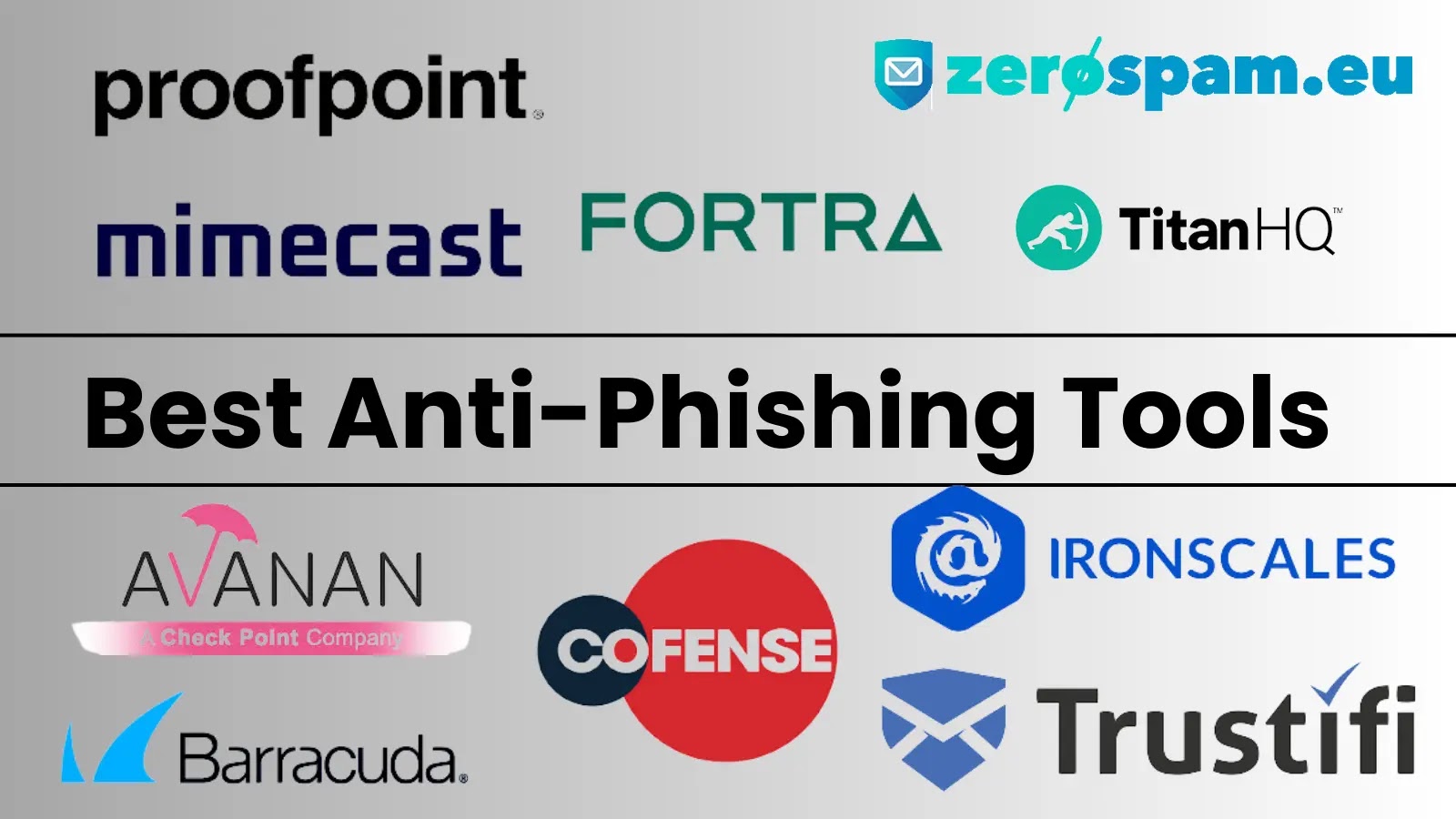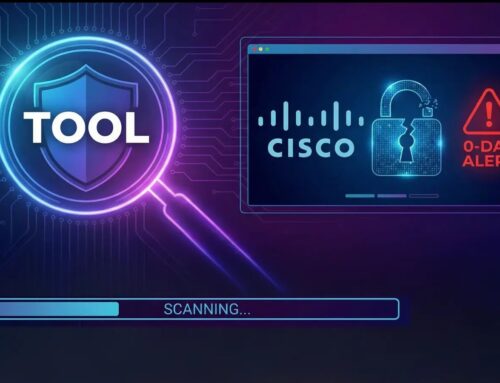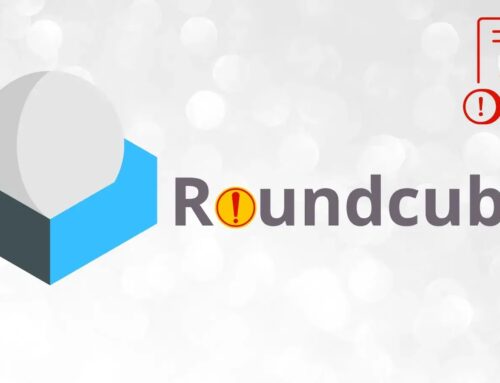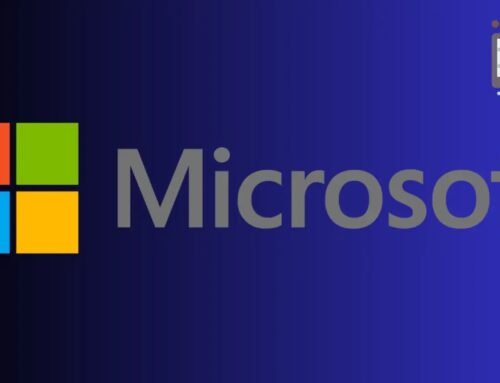
10 Best Anti-Phishing Tools in 2025
The Critical Role of Anti-Phishing Tools in 2025
Phishing attacks remain a persistent and evolving threat, consistently ranking among the most common and damaging vectors for cybercriminals. In an era where digital identities are paramount and data breaches can cripple organizations, the ability to effectively detect and prevent these deceptive schemes is no longer optional—it’s an absolute necessity. Organizations and individuals alike face sophisticated phishing campaigns designed to steal credentials, deploy malware, and illicitly gain access to sensitive information. As we navigate 2025, the sophistication of these attacks only intensifies, making robust anti-phishing solutions more critical than ever before.
Understanding the Phishing Landscape and Its Evolution
The core principle of phishing—deceiving users into divulging sensitive information—has remained constant, but the delivery mechanisms and psychological manipulation tactics have become remarkably advanced. From traditional email-based attacks to spear phishing, whaling, smishing, and vishing, threat actors meticulously craft their lures to bypass conventional security measures. These attacks often exploit human trust and urgency, leading to devastating consequences such as financial loss, reputational damage, and intellectual property theft. The sheer volume of daily phishing attempts necessitates a proactive and multi-layered defense strategy, with anti-phishing tools forming a critical frontline.
What Are Anti-Phishing Tools?
Anti-phishing tools are specialized cybersecurity solutions engineered to identify, block, and mitigate phishing attempts before they can impact users. These tools operate across various layers of an organization’s digital infrastructure, from email gateways to web browsers and endpoint devices. They employ sophisticated techniques:
- Advanced Algorithms: To analyze email headers, sender reputation, and content for suspicious patterns.
- Machine Learning (ML): To learn from new and emerging phishing campaigns, improving detection rates over time. This enables the identification of zero-day phishing attacks that haven’t been previously cataloged.
- Threat Intelligence Feeds: To leverage real-time data on known malicious domains, URLs, and IP addresses.
- URL Rewriting and Scanning: To inspect links embedded in emails and web pages, ensuring they don’t redirect to malicious sites.
- Brand Protection: To monitor for fraudulent websites and spoofed domains impersonating legitimate brands.
- User Awareness Integration: Some tools contribute to user education by providing alerts and even simulated phishing exercises.
Key Features of Effective Anti-Phishing Tools
When evaluating anti-phishing solutions for 2025, look for tools that offer a comprehensive suite of features:
- Real-time Threat Detection: The ability to identify and block phishing attempts as they occur, minimizing exposure time.
- Multi-Layered Protection: Coverage across email, web browsing, and endpoint devices.
- AI and Machine Learning Capabilities: For adaptive and predictive threat identification.
- Automated Remediation: Solutions that can automatically quarantine malicious emails, block access to phishing sites, or remove infected files.
- Integration with Existing Security Stack: Seamless compatibility with SIEM, SOAR, and other security solutions.
- Reporting and Analytics: Detailed dashboards and insights into phishing trends, attack vectors, and successful blocks.
- User Education and Simulation: Tools that can integrate with or offer phishing awareness training to bolster human defenses.
Top 10 Anti-Phishing Tools in 2025
While the market is dynamic, here are 10 leading anti-phishing tools that are expected to be pivotal in 2025, offering robust defenses against evolving threats.
(Note: While specific product rankings can vary, these represent highly regarded and effective solutions in the anti-phishing landscape.)
1. Proofpoint Email Protection
Purpose: A leading solution for email security, Proofpoint utilizes advanced threat intelligence, machine learning, and sandboxing to detect and prevent sophisticated email-borne threats, including phishing, impersonation, and ransomware. Its URL defense rewrites and scans all links, and it excels in protecting against BEC (Business Email Compromise) attacks.
2. Mimecast Email Security
Purpose: Mimecast offers comprehensive email security, archiving, and continuity services. Its anti-phishing capabilities include targeted threat protection, brand impersonation protection, and an advanced security awareness training platform. It focuses heavily on preventing zero-day attacks and protecting against malicious URLs and attachments.
3. Microsoft Defender for Office 365 (MDO)
Purpose: Integral to the Microsoft 365 ecosystem, MDO provides robust email and collaboration security. It uses advanced machine learning, sandboxing, and detonation chambers to detect malicious URLs and attachments. Key features include anti-phishing policies, impersonation detection, and safe links/attachments functionalities. It is particularly strong for organizations heavily invested in Microsoft’s cloud services.
Related CVEs: While MDO itself isn’t a vulnerability, it protects against various vulnerabilities exploited by phishing, such as credential theft that can lead to compromises like those addressed by CVE-2023-23397 (Outlook Elevation of Privilege).
4. Cofense PhishMe
Purpose: Known for its human-centric approach, Cofense PhishMe specializes in phishing simulation and security awareness training. It combines real-world threat intelligence with a powerful simulation platform to educate users and identify vulnerable individuals. Its aim is to turn employees into an active layer of defense.
5. Avanan Cloud Email Security
Purpose: Avanan provides a unique “API-based” approach, integrating directly into cloud email platforms like Microsoft 365 and Google Workspace. This allows it to scan emails after they pass through native security layers but before delivery, catching threats often missed by traditional secure email gateways (SEGs).
6. CrowdStrike Falcon Prevent (with Endpoint Detection and Response)
Purpose: While primarily an endpoint protection platform, CrowdStrike Falcon Prevent’s EDR capabilities are highly effective in detecting and remediating post-phishing activities. If a user clicks a malicious link or downloads a nefarious file, Falcon Prevent can identify suspicious behavior, block execution, and provide forensic data to contain the breach.
7. Fortinet FortiMail
Purpose: FortiMail is a secure email gateway that offers comprehensive protection against phishing, spam, and malware. It leverages FortiGuard Labs’ threat intelligence, sandboxing, and advanced anti-phishing engines to provide real-time defense against sophisticated email threats.
8. Barracuda Email Protection
Purpose: Barracuda offers a suite of email security solutions designed to protect against phishing, malware, spam, and data loss. Its Impersonation Protection uses AI to detect and block socially engineered attacks like business email compromise (BEC) and spear phishing.
9. Cloudflare (with Browser Isolation)
Purpose: Cloudflare provides a suite of web security services, and its browser isolation technology specifically helps in mitigating phishing risks. By executing web content in a remote, isolated environment, it prevents malicious code from ever reaching the user’s device, significantly reducing the attack surface for web-based phishing and drive-by downloads.
10. IRONSCALES
Purpose: IRONSCALES offers an AI-powered email security platform focused on automated phishing prevention, detection, and response. It combines technical controls with human intelligence, leveraging AI to automatically identify and remediate advanced phishing attacks, including BEC and account takeovers.
Remediation Actions and Best Practices
Implementing anti-phishing tools is a crucial step, but a holistic defense also requires organizational best practices:
- Continuous Employee Training: Regular, engaging security awareness training is paramount. Simulate phishing attacks frequently and educate users on how to identify and report suspicious emails.
- Multi-Factor Authentication (MFA): Implement MFA across all critical accounts to significantly reduce the impact of successful credential theft via phishing. Even if credentials are stolen, MFA acts as a strong barrier.
- Email Authentication Protocols: Ensure proper configuration of SPF, DKIM, and DMARC records to prevent email spoofing and improve the legitimacy of your outgoing emails, helping other organizations identify your authentic communications.
- Principle of Least Privilege: Limit user access rights to only what is necessary for their job functions. This minimizes potential damage if an account is compromised.
- Regular Software Updates: Keep operating systems, browsers, and all software patched and up-to-date. Phishing often leverages vulnerabilities (e.g., CVE-2023-38831 affecting WinRAR, which was used in phishing campaigns) in outdated software.
- Incident Response Plan: Develop and regularly test a robust incident response plan specifically for phishing attacks. This outlines steps for containment, eradication, recovery, and post-incident analysis.
- Browser Security: Educate users on the importance of checking URLs, looking for HTTPS, and being wary of unexpected pop-ups.
Conclusion
The digital threat landscape is unforgiving, and phishing remains a top concern for cybersecurity professionals. The tools discussed here represent the cutting edge in anti-phishing defense for 2025, leveraging AI, machine learning, and comprehensive threat intelligence to protect organizations. However, technology alone cannot provide a complete solution. A layered security strategy that combines advanced anti-phishing tools with robust employee training, strong authentication, and continuous vigilance is the only truly effective approach to withstand the relentless tide of these deceptive attacks.





